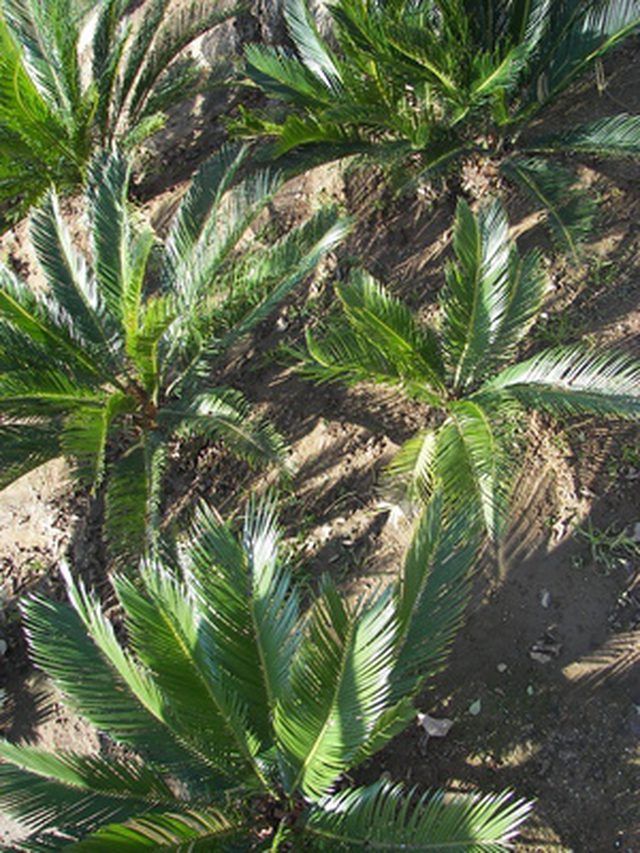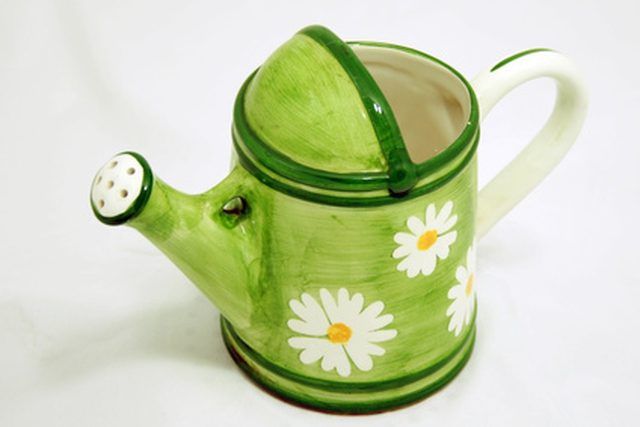Bulbs
Flower Basics
Flower Beds & Specialty Gardens
Flower Garden
Garden Furniture
Garden Gnomes
Garden Seeds
Garden Sheds
Garden Statues
Garden Tools & Supplies
Gardening Basics
Green & Organic
Groundcovers & Vines
Growing Annuals
Growing Basil
Growing Beans
Growing Berries
Growing Blueberries
Growing Cactus
Growing Corn
Growing Cotton
Growing Edibles
Growing Flowers
Growing Garlic
Growing Grapes
Growing Grass
Growing Herbs
Growing Jasmine
Growing Mint
Growing Mushrooms
Orchids
Growing Peanuts
Growing Perennials
Growing Plants
Growing Rosemary
Growing Roses
Growing Strawberries
Growing Sunflowers
Growing Thyme
Growing Tomatoes
Growing Tulips
Growing Vegetables
Herb Basics
Herb Garden
Indoor Growing
Landscaping Basics
Landscaping Patios
Landscaping Plants
Landscaping Shrubs
Landscaping Trees
Landscaping Walks & Pathways
Lawn Basics
Lawn Maintenance
Lawn Mowers
Lawn Ornaments
Lawn Planting
Lawn Tools
Outdoor Growing
Overall Landscape Planning
Pests, Weeds & Problems
Plant Basics
Rock Garden
Rose Garden
Shrubs
Soil
Specialty Gardens
Trees
Vegetable Garden
Yard Maintenance
Basic Care of a Sago Palm Tree
Basic Care of a Sago Palm Tree. Sago palm trees, also known as King palms, are one of the easiest plants to maintain. They grow in temperatures ranging from 15- to 110 degrees Fahrenheit, and require little maintenance. Sago palms grow well outdoors, or indoors in a container as long as they have room to spread out. Established sago palms are...

Sago palm trees, also known as King palms, are one of the easiest plants to maintain. They grow in temperatures ranging from 15- to 110 degrees Fahrenheit, and require little maintenance. Sago palms grow well outdoors, or indoors in a container as long as they have room to spread out. Established sago palms are drought resistance, so the plants are a good choice for dry climates.
Things You'll Need
Plant
Pot, 16 inches or larger
Water
Pruning shears
Humus (optional)
Care For Indoor Sago Palms
Plant your sago palm in a pot that is at least 16 inches in diameter. Sago palms are slow-growing, so using a large pot means you won't have to change containers for several years.
Place your potted sago palm tree close to a light source. If placed too far from natural sunlight, a sago palm will distort its growth pattern trying to reach the light.
Let the soil in your potted sago palm tree become almost dry between waterings. A tree placed in a warm, bright window will need water about once a week. If you see yellowing leaves, you are watering it too much.
Care For Outdoor Sago Palms:
Plant your sago palm tree in a spot with plenty of sunlight and good soil drainage. Do not place the plant in a deep hole where water can collect. Sago palms don't like wet roots. Mix humus with the dirt, if you like. Sago palms like a high proportion of humus in the soil, but they will also thrive without it.

Let the soil around your sago palm dry out between waterings.
Prune away frost-damaged leaves if temperatures drop into the mid-teens or lower. Pruning the damaged leaves will help encourage new growth in the spring.
Tips & Warnings
Turn your indoor potted sago palm one-quarter turn every few days so that all sides get equal sunlight. This will help it maintain its shape.
Sago palms are poisonous to both humans and animals.